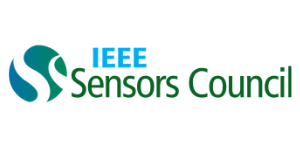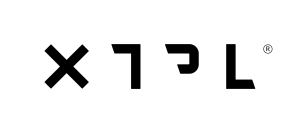
Presenter Bio
Dr Abhishek S. Dahiya is a research associate at the BEST group in the School of Engineering at University of Glasgow. He has received his Ph.D. from the GREMAN laboratory, Université François Rabelais de Tours, France in 2016. He performed his postdoctoral work at the GREMAN laboratory (2016-2017), the University of Bordeaux (ICMCB/CNRS) (2018-2019), and at the IES CNRS/Université de Montpellier (2019-2020) in France. He has published 42 high-impact research articles in leading journals/conferences and 1 US patent. His research interest covers synthesis of nanomaterials, printed and flexible electronics, energy harvesting, and semiconductor device physics.
Abstract: High-Performance Flexible and Printed Electronics
Printing technologies are revolutionizing the growing field of flexible sensors and electronics by providing cost-effective routes for processing diverse electronic materials at temperatures that are compatible with diverse substrates including plastic. Printed and flexible devices/circuits are advantageous due to their ability to conform over different shapes and curvy surfaces which is needed for the advancement of numerous emerging applications including wearable systems, soft robotics, electronic-skin, bendable displays, and healthcare monitoring systems. This will also have an impact on the development of Internet of Things (IoT) concept where smart and interactive electronics is needed. Along with the flexible form factor, applications including IoT, smart healthcare etc. demands high device performance (fast data processing) leading to myriad machine-to-machine and/or human-to-machine connectivity at 5G communications. Advancement in inorganic-materials based printed electronics open avenues for the fabrication of intricate devices/circuits with performance comparable with the conventional planar integrated circuits (ICs). The merging of novel form factors, high-performance, diversification and functionality by printing technology is an appealing new aspect for electronics to be more interacting with their environment. This tutorial will bring together various printing techniques to realise superior grade electronic layers from nano to chip scale inorganic functional elements. Focus would be on integrating these elements over soft substrates. Potential capabilities and critical limitations of each printing technology will be highlighted, and possible solutions or alternatives will be discussed. The tutorial will also present some recent examples of high performance printed and flexible devices including transistors, sensors etc. using inorganic nano/microscale materials.




